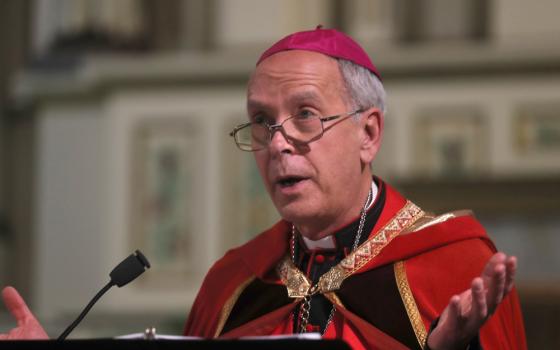Most of our refrigerators stand as monuments to animal cruelty and environmental destruction.
That’s right, all that chicken, hamburger, steak, bacon, eggs, butter, yogurt, cheese and milk occupying shelf space in your fridge may cause more damage to our planet than the transportation industry.
Are your taste buds going numb by this terribly inconvenient truth prospect? Mine did last week after viewing the 2014 documentary “Cowspiracy: The Sustainability Secret.” It is excellent, often humorous, and morally speaking, refreshingly astringent. We need to heed its message.
Spoiler alert: Joining the “Cowspiracy” roundup will require sacrifices on our part. Big sacrifices. But in my view, there is really no way around it.
Kip Andersen and Keegan Kuhn, co-writers and producers, spent a year gathering information from a number of organizations including the Environmental Working Group, NASA, the Center for Science in the Public Interest, the International Livestock Research Institute, the United Nations and its Food and Agriculture Organization, and the Worldwatch Institute. They also went to newspapers such as The Guardian and the International Business Times to discover the far-reaching impacts of animal agriculture.
Here are samplings of their findings:
- More than 70 billion farm animals are reared annually worldwide and more than six million are killed for food every hour.
- Growing feed crops for livestock consumes 56 percent of water in the U.S, whereas U.S. households’ share totals 5 percent.
- Livestock covers 45 percent of the Earth’s surface.
- Cows produce 150 billion gallons of methane per day. Meanwhile, U.S. food animals produce 7 million pounds of excrement every 60 seconds.
- One hamburger requires 660 gallons of water to produce -- the equivalent of two months worth of showers. Simultaneously, 477 gallons of water are required to produce one pound of eggs; with 900 gallons needed for cheese.
- The leading causes of deforestation in the Amazon are livestock and feed crops.
- Animal agriculture is the leading cause of species extinction, ocean dead zones, water pollution, and habitat destruction.
The terrible cost in terms of human lives must also be factored into this equation. In the past 20 years, 1,100 activists have been killed in Brazil, according to watchdog group Catholic Land Pastoral.
Notre Dame Sr. Dorothy Stang was one of them. An environmentalist dedicated to preserving the rainforest, Stang had incurred the wrath of cattle ranchers because of her outspoken activism. She was murdered in 2005.
Related: “Francis' call for Amazon protection echoes work of Sr. Dorothy Stang”
Is there a way out of this environmental, human and animal horror? There is, according to “Cowspiracy.” It won’t be easy, but here it is: Go vegan. Right away.
Admittedly, Andersen's and Kuhn’s advice is unsettling. But they tell us that it is the quickest way to avert our impending climate catastrophe. The most compelling message of “Cowspiracy” is this: Every bite of food we put into our mouths has moral ramifications.
Consider, a vegan can be fed for one year on one-sixth of an acre, according to the documentary. For a vegetarian, it is three times that amount. Meat eaters require 18 times as much acreage as a vegan.
When a person eats a vegan diet, he or she saves 1,100 gallons of water, 45 pounds of grain, 30 square feet of forested land, 20 pounds of carbon dioxide equivalent and one animal’s life. When we stay the course, this can happen every day.
I, for one, am cleaning out my refrigerator.
Editor’s Note: In her next blog, Sharon Abercrombie will profile individuals who are changing their diets. And sign up for weekly email arts for the latest Eco Catholic news. Just go to this page and follow directions: Email alert sign-up.


